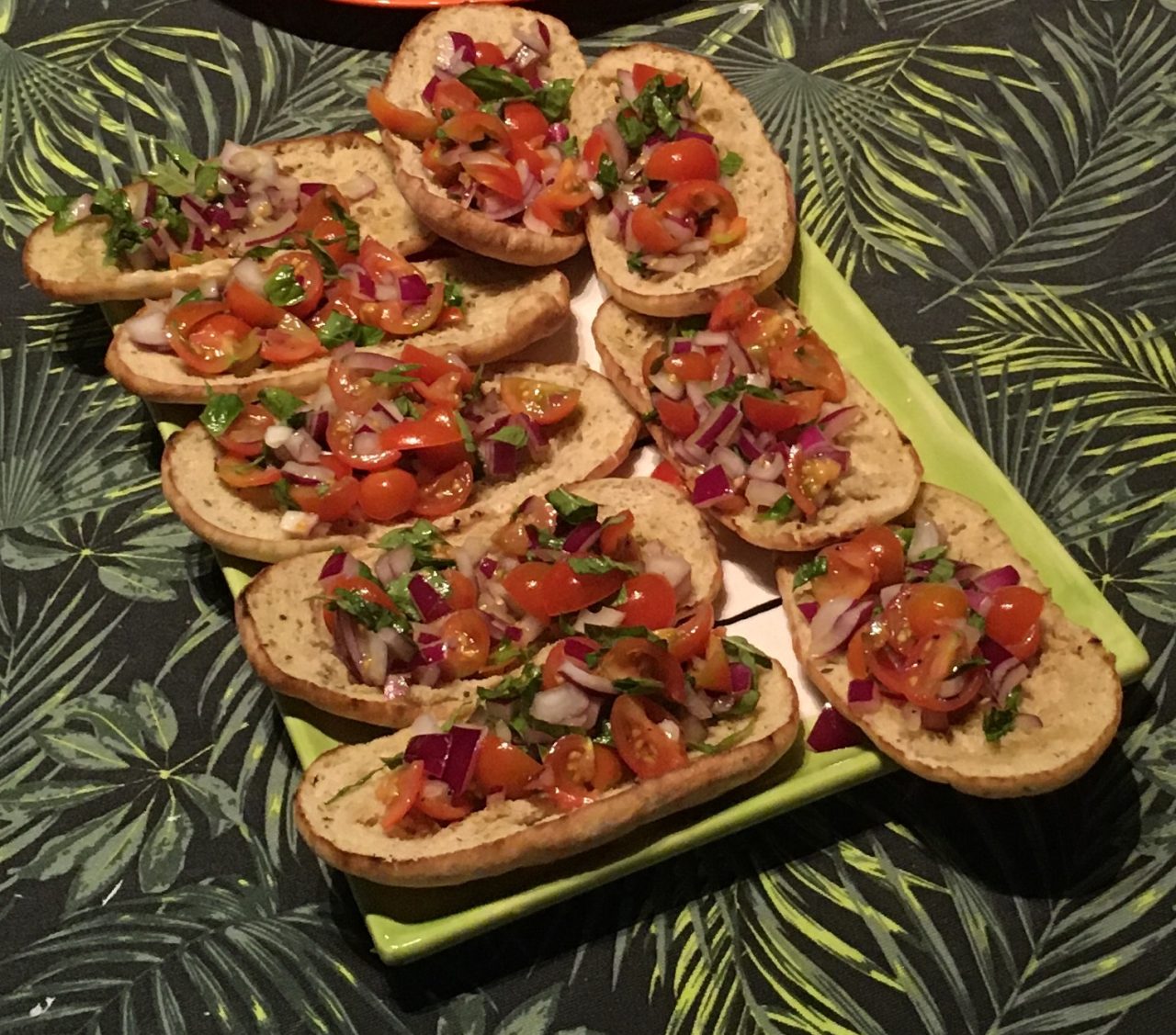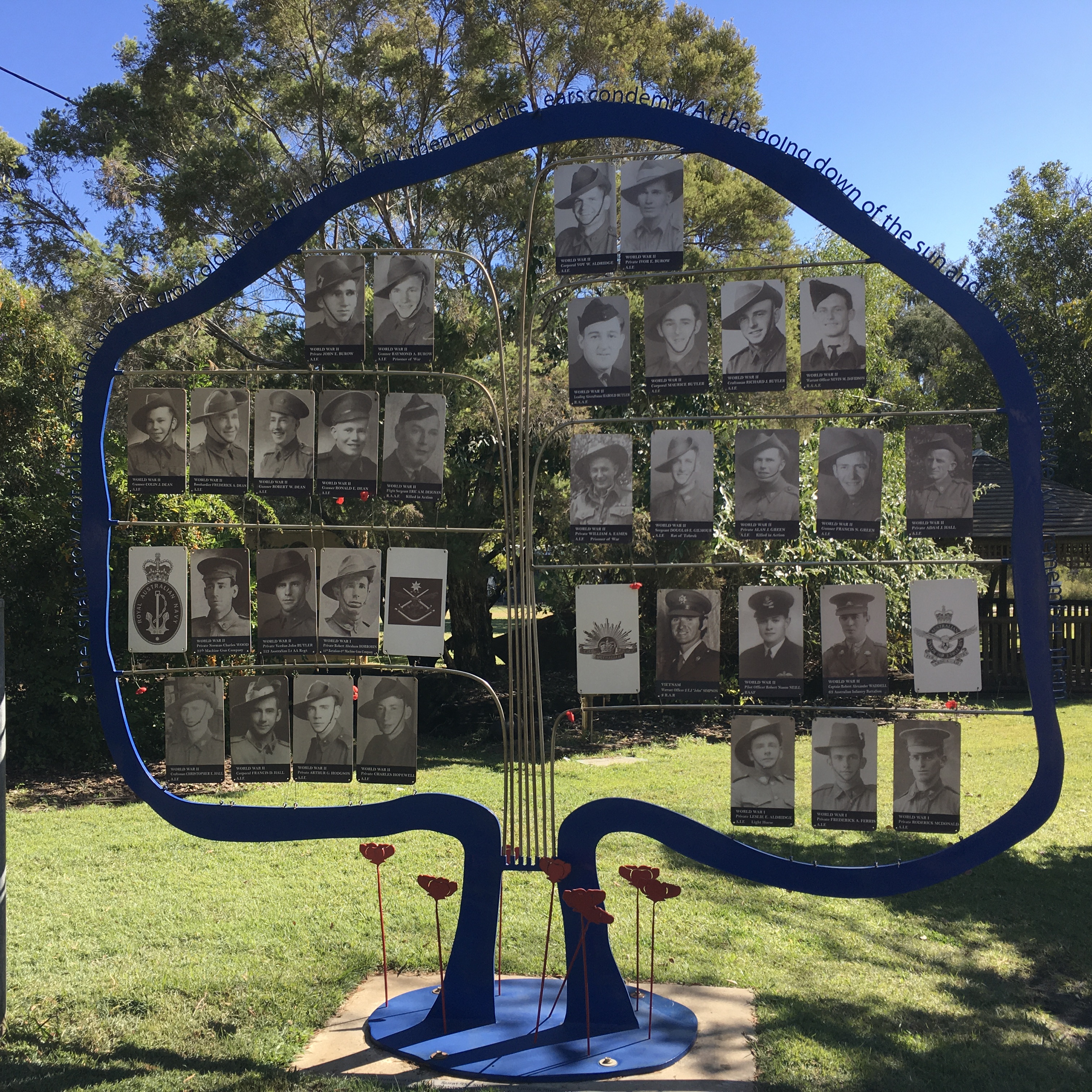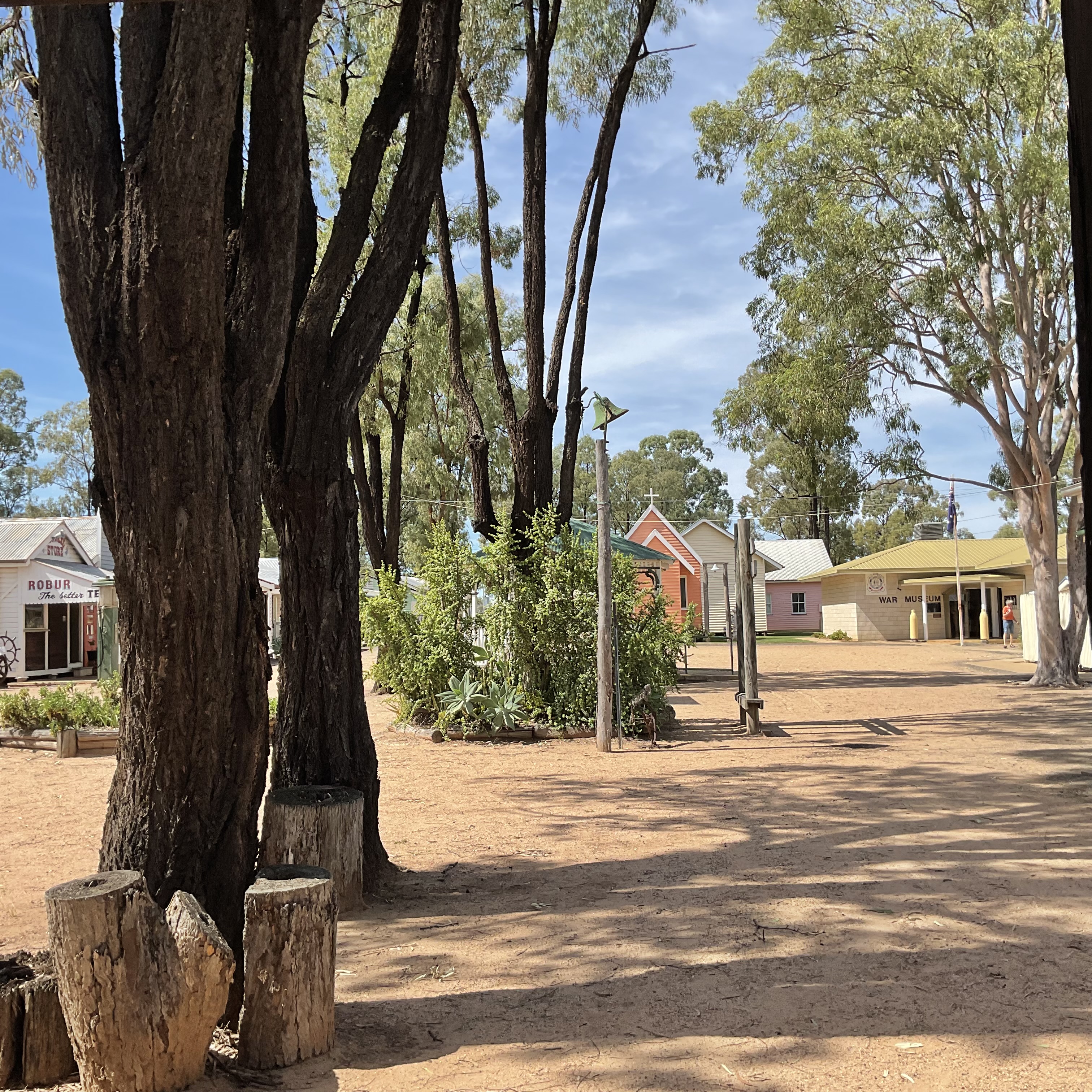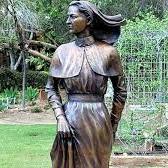The Queensland Holocaust Museum in Charlotte Street, Brisbane, opened late last year. Located next door to the heritage listed St Stephens Cathedral, it is surrounded by a calming tropical green-space hidden between the towering skyscrapers.

For architectural reasons alone the museum is well worth a visit. It is housed in what used to be a working mill in the centre of the city and the passage that leads you underground to the exhibits is the pathway that horses used to take. It is rather atmospheric and sets the scene.

You already know that the displays are going to be disturbing and the history horrific. It isn’t helped that the museum space is not open, but rather dark and in a confined area. One room replicates the length and width of a cattle truck which some of our group found too disturbing and had to walk away.


We were lucky to benefit from the personal stories of a tour guide whose parents and grandparents survived the Holocaust. It gave our understanding another perspective and more depth. Even the military tragics gained new knowledge of the history of WW2.
Well worth a visit.

Where: 168 Charlotte St, Brisbane
Open : Tuesday, Thursday, Saturday 9 am – 4 pm
Website: https://hmq.org.au/visit/

Coming soon: Another Museum


































